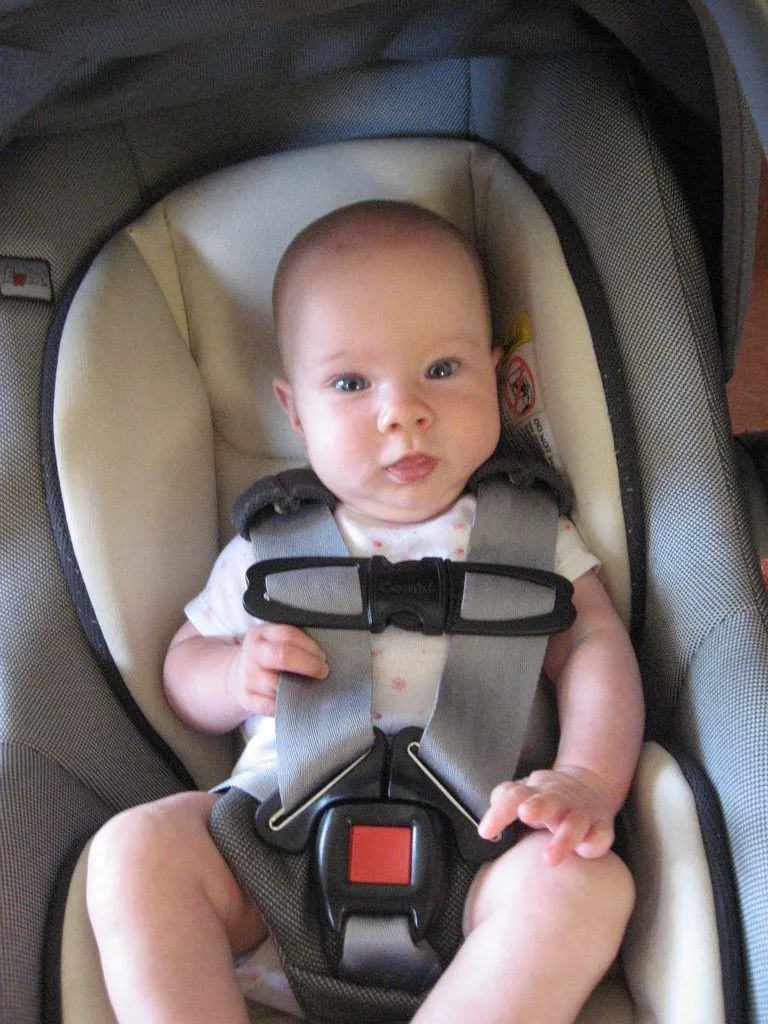
The patella is difficult to break in normal, everyday activities. It takes a severe force, such as a car accident or other severe injury to break the kneecap. The patella can fracture in half but most often fractures when the tendons to which it is attached get pulled away from the bone, taking pieces of the bone with them. A direct blow to the knee can cause a patellar fracture, in situations such as a car accident or falling from a great height onto the knee.
The main symptom of a patellar fracture is pain when you touch the knee. Movement in any direction will make that pain worse and the kneecap area swells out of proportion to the other one. Bruising can occur or there can be abrasions in the area of the kneecap. Walking on the affected leg is nearly impossible without extreme pain. Minor fractures, however, do occur and can be less obvious.
There is such a thing as a sleeve fracture of the patella, which only occurs in the childhood years. It happens when a leg muscle pulls away from the patella, taking a small piece of bone with it. The knee instantly buckles and the person cannot walk. It often happens during sporting events. X-rays may not show a sleeve fracture because small pieces of bone are involved and an MRI of the joint will show the pulling away of the bone. If the fracture is minor, the knee can be immobilized and no surgery is required. Severe cases require surgery to tack the bone and muscle to the main portion of the patella.
Even in children, patellar fractures are uncommon. Only about 185 patients were seen in one study over a 12 year period of time at one hospital that treated emergency patients. Twelve of all patients studied were in the target age range for the study of 8 to 16 years of age. This was just 6.5 percent of all patellar fractures. All subjects were male and averaged 12.7 years of age. Sleep fractures were the most common type of fracture and occurred in five patients. Transverse fractures occurred in four patients.
When it came to treatment, ten out of the twelve needed to have an operation to repair their patellar fracture. Some fractures were open and needed debridement and antibiotics to avoid infection. In some cases, a part of the patella was removed if the damage was too great. Pins or plates were used in the operating room in order to put the pieces of the patella together.
Most victims sustained their injury in a motor vehicle accident and were not restrained. Such patients smashed their patella on the dashboard. Other injuries happened in sports, such as when doing a layup, the patient moved forward and struck their knee on the wall behind the basketball hoop.
